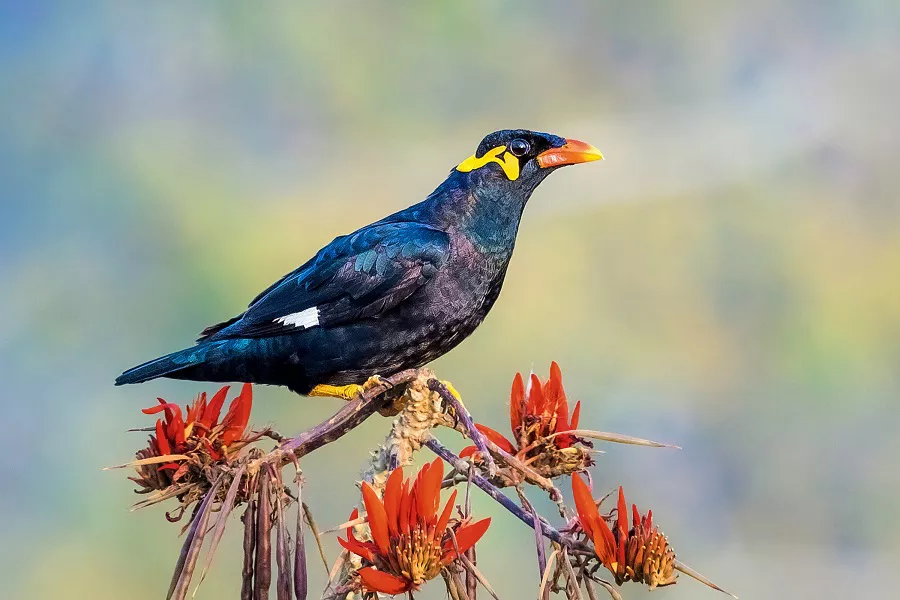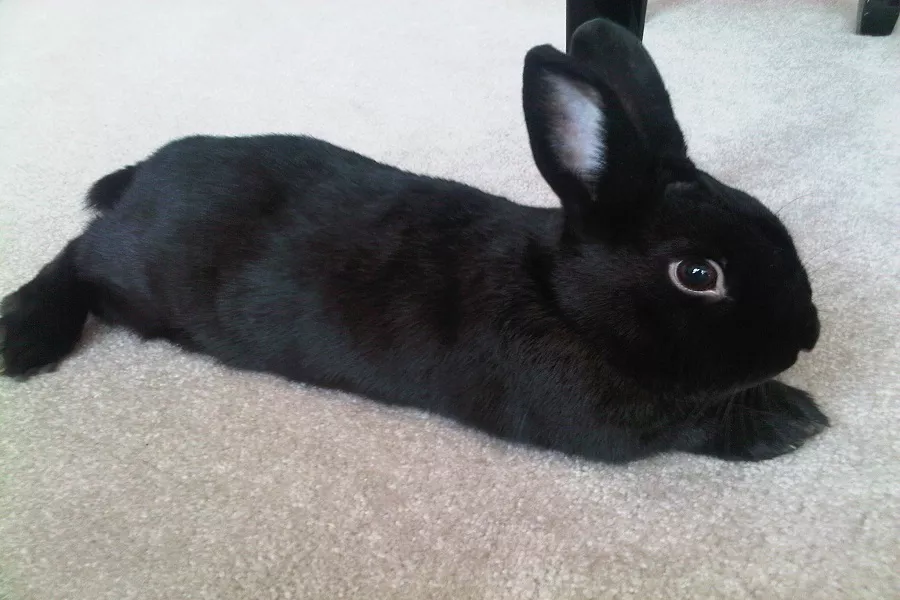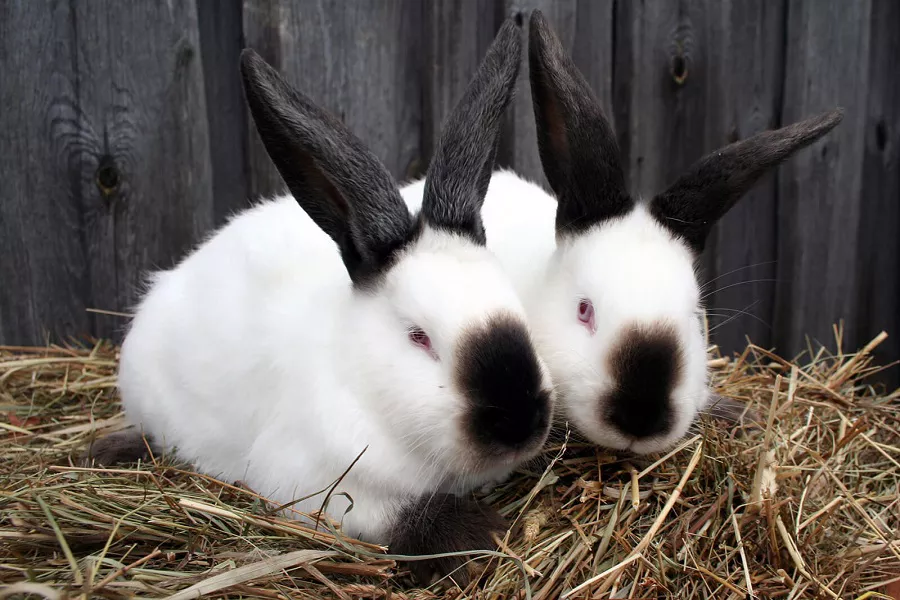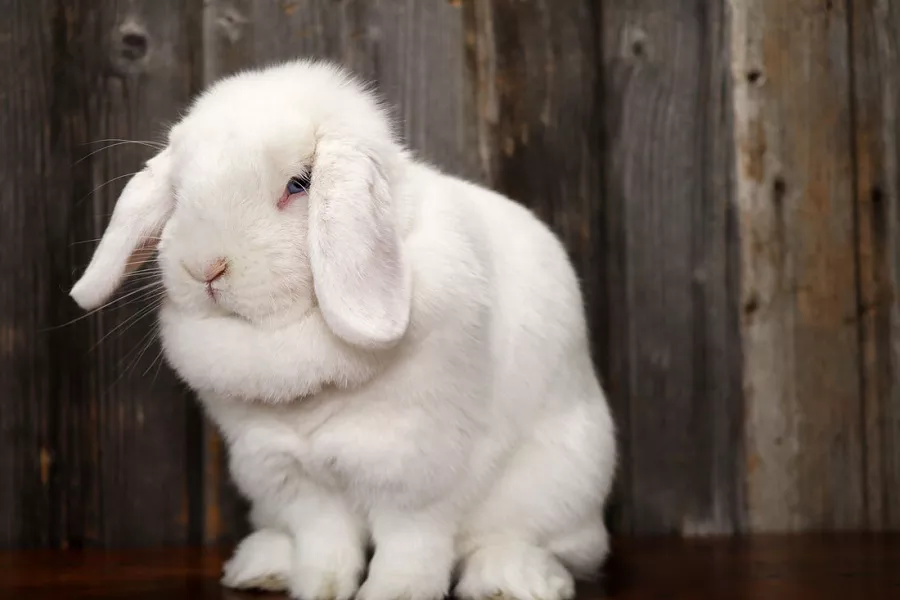What is common hill myna?
common hill myna (scientific name: Gracula religiosa): is a songbird of the order passerine, starling family. It is larger in size, weighing 165-258 grams and 234-304 mm in length. The body is roughly black with violet-blue and copper-green metallic luster. It is characterized by orange-yellow wattles and scallops on the head and sides, and the males and females are similar. Good call, loud and clear, can imitate and emit a variety of melodic tones.
What does common hill myna look like?
The whole body is black, and the head and neck have a purple-black metallic luster. The front of the eyes and the side of the head are covered with short downy black feathers, the central feathers on the top of the head are dense and curled, and the male adult beaks are developed; the forehead to the top of the head is black, and the head side is covered with short downy black feathers; there are two orange-yellow flesh on the back of the head. drooping; the back part of the eyes is exposed; the nape of the upper body, the shoulders and the inner coverts of the two wings are all glowing copper; the lower back, waist and upper tail coverts are metallic green; the flight feathers are black, the 2nd-7th primary flight feathers The inner scorpion runs across the white spot, which is more obvious when flying; the tail feathers are black and green. The chin, throat to the front neck are purple-black; the prothorax is copper-green; the abdomen is blue-purple copper; Females are similar in colour to males. Juveniles have brown-black upper body; wattles behind the head are absent; the exposed part of the head is less pronounced than that of adults. Both flanks and abdomen have narrow white feather margins. The toe-type foot has three toes in front and one behind, and the rear toe and middle toe are the same length; the legs are thin and weak, and the scales on the posterior edge of the tarsus and metatarsus are often healed into a whole scale; the palate-shaped skull.
common hill myna living habits
They often gather in small groups of 3-5 animals, and in winter they gather in large groups of 10-20 animals. Social behavior is very strong, and if one member of the flock chirps, the other birds linger nearby for long periods of time. The calls are crisp, loud and tactful and changeable, and they are better at calling during breeding, often echoing each other. Versatile, and can imitate other bird calls and even learn simple human language.
common hill myna feeding
Breeding period April-June. Nests on trees, often in pairs or 2-3 pairs to breed on the same tree or adjacent trees. Nests are mostly selected in natural tree holes on dead or decaying trees. Old nests are often used, and small holes can be enlarged and the wood in the holes can be cleaned with their mouths. The nest is sometimes padded with hay leaves, feathers and snakeskin, and sometimes without any inner bedding. Each litter lays 2-3 eggs. 3 at most. Eggs are blue-green, sometimes spotted with dark chestnut or reddish-brown. Eggs are 33-38 mm x 24-26 mm in size, with an average of 36.5 mm x 25.5 mm.


























